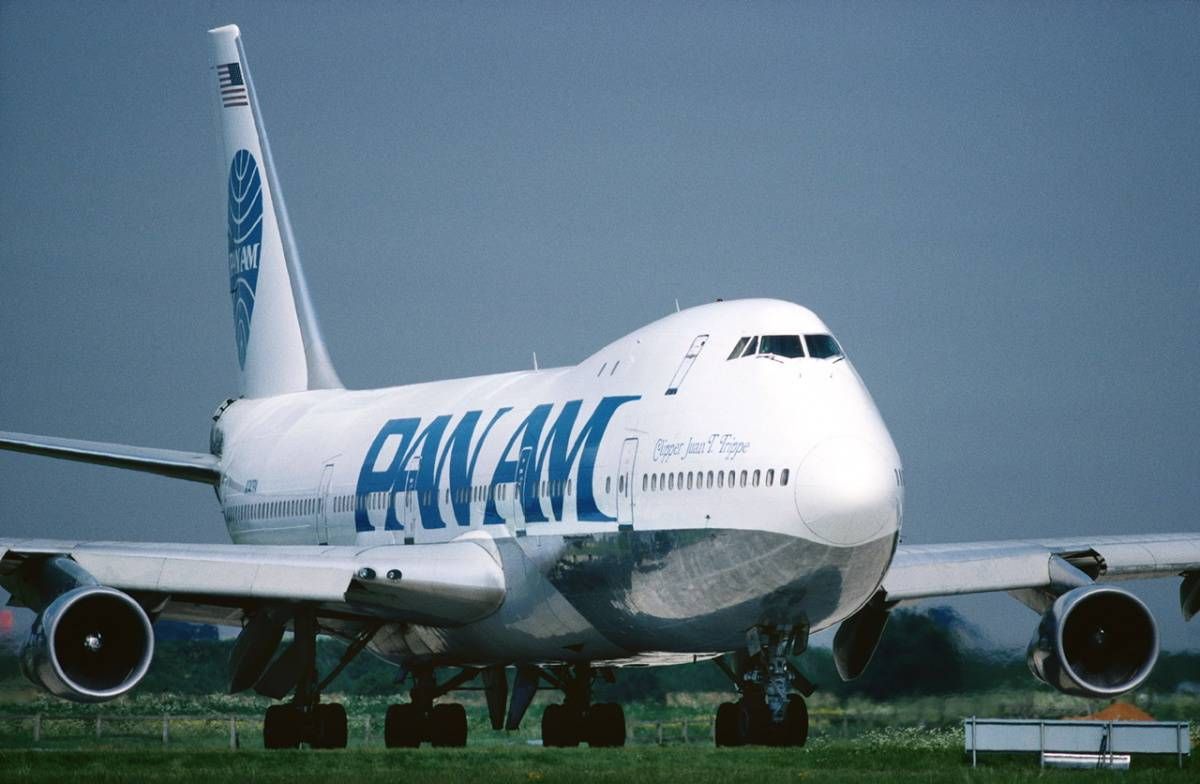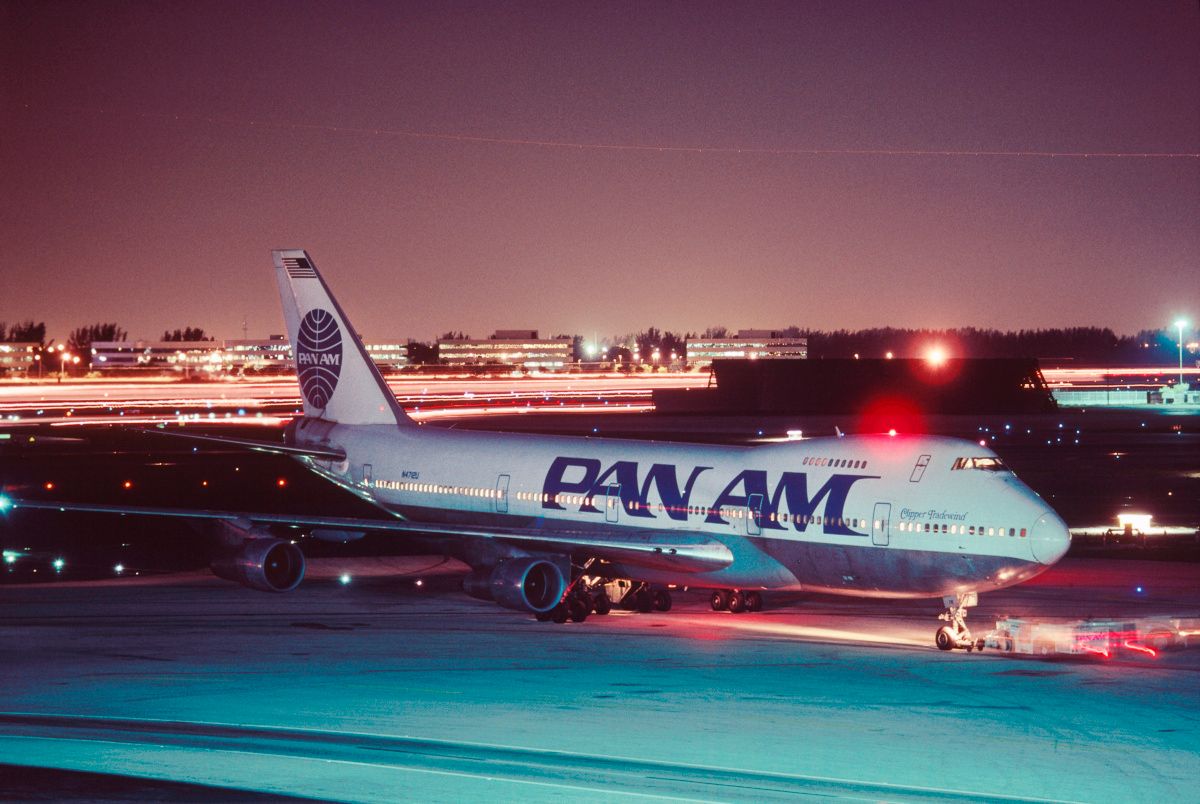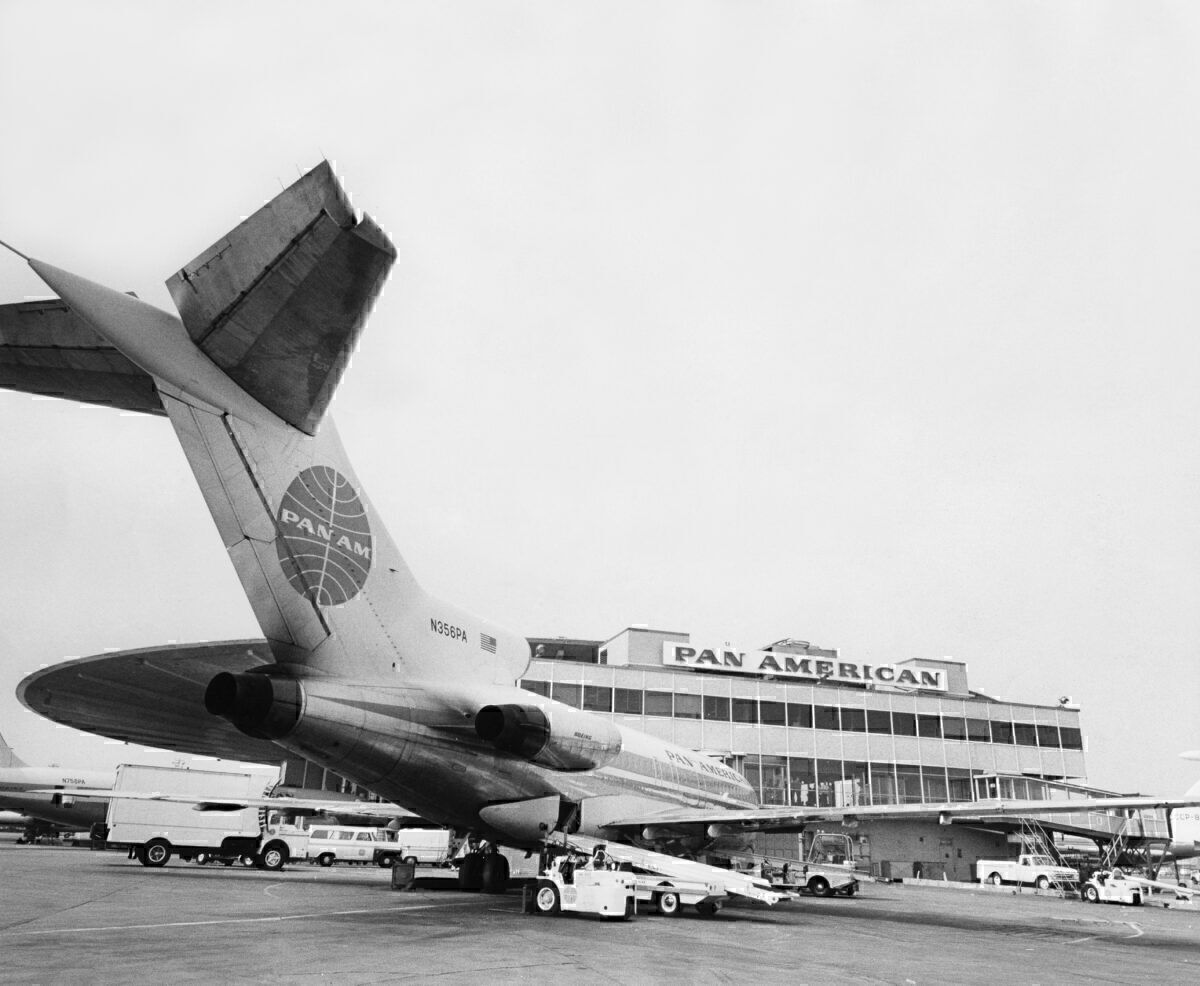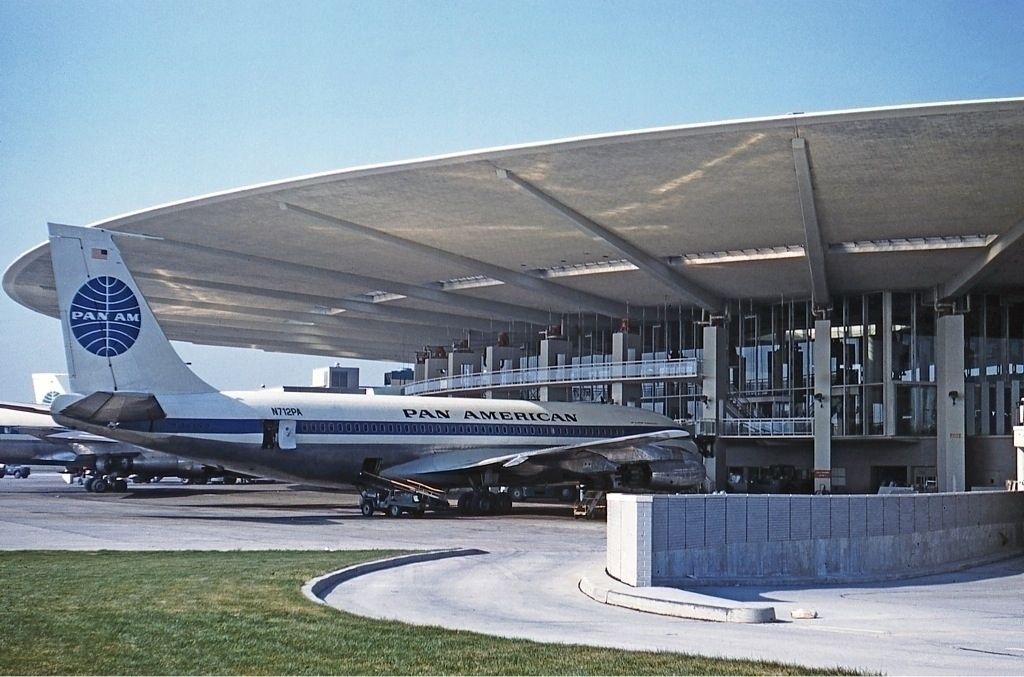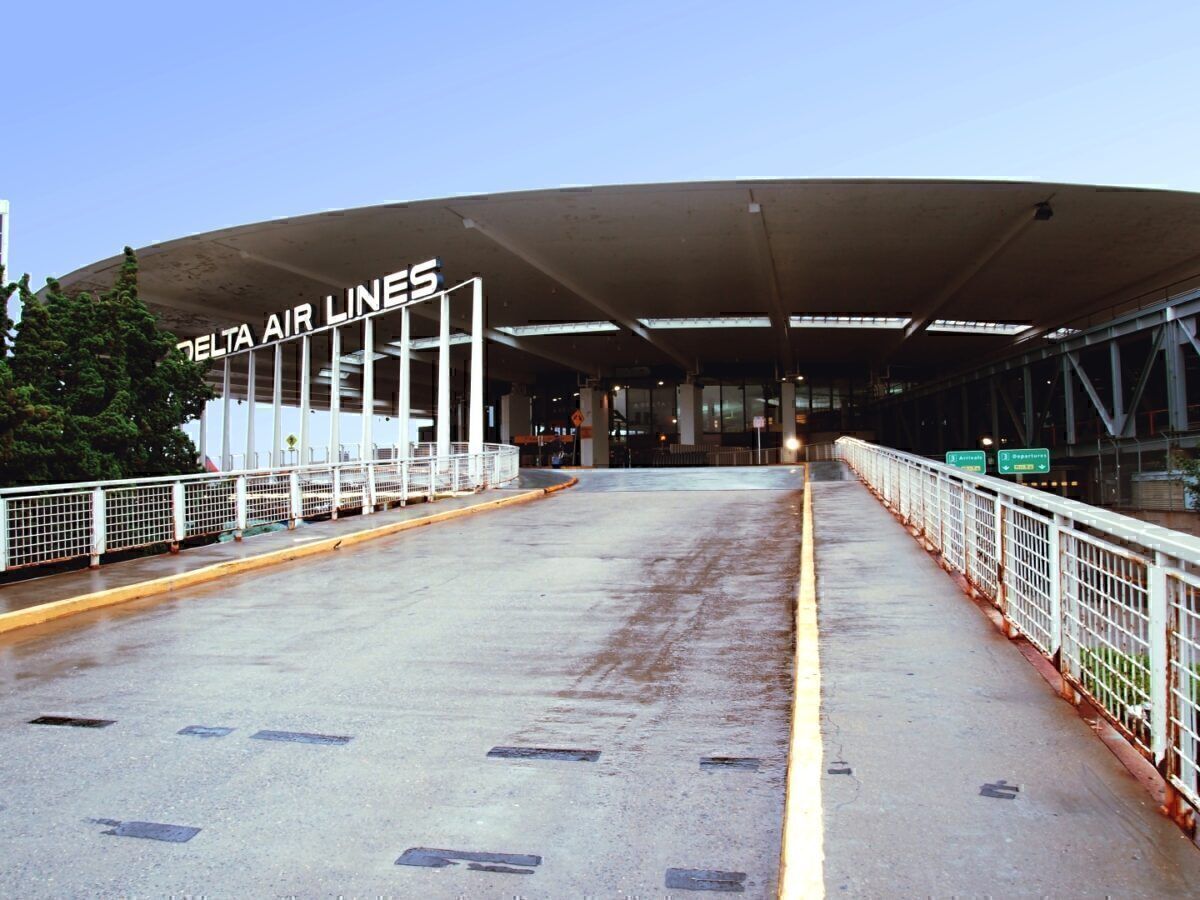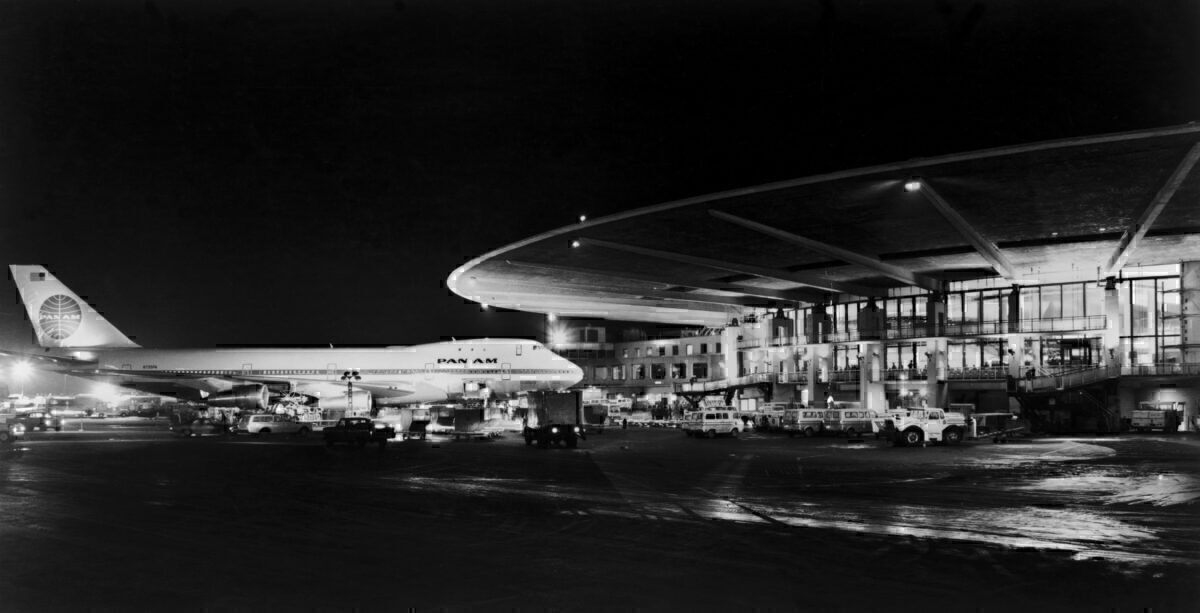For those of us that can remember flying from Pan American's famous Worldport at New York's John F. Kennedy Airport (JFK), it will always be a memory of aviation's golden age and how jet aircraft were making the world a smaller place. Rewinding the clocks to the 1940s, JFK Airport was nothing more than wetlands and a golf course near Jamaica Bay called Idlewild.
Following World War Two, there was an increase in commercial traffic at New York's existing LaGuardia Airport (LGA). However, there was a lack of room to expand. Therefore, city planners turned their attention to the wetlands at the far end of Queens. New ocean-crossing aircraft like the Boeing Stratocruiser and the Lockheed Constellation needed long runways and no nearby obstructions for taking off and landing. Planners also realized the growth potential and knew that large passenger terminals would also be a requirement for what would become New York City's flagship airport.
Pan Am wanted a cutting edge terminal
In 1955 the airport operator - The Port Authority of New York and New Jersey - what was then still called Idlewild Airports master plan was to include several terminals built around a central area that could all be served by a looping access road. Back then, Pan American Airways was considered a leader in international air journeys and wanted to make a statement about its lofty aspirations with a state-of-the-art terminal building.
For its 16-acre site at Idlewild, Pan American Airways chose the architectural firm of Tippetts-Abbett-McCarthy-Stratton to design a futuristic-looking terminal that would be called "The Pan American Worldport." When the design finally emerged in 1957, the slightly elliptical-shaped building had nine gates sheltered under an umbrella of concrete, which was supported by cables anchored in a massive expanse with 27-foot high windows.
The roof was designed to act as an umbrella
Pan Am's Worldport was designed to allow aircraft to be parked under the overhang so that passengers could board and disembark aircraft without getting wet in the rain. You have to remember that there were no jetways. Moreover, passengers used stairs or uncovered bridges back then.
Before the flying saucer looking terminal was completed in 1960, air travel would undergo a radical change as jet aircraft started to replace older piston-driven planes. The original design for the Worldport was to accommodate planes like the DC-7, which could maneuver and park parallel to the terminal. Moreover, they could allow passengers to board at galley level across movable bridges.
The Boeing 707 arrived
In 1958, Pan American Airways took delivery of the Boeing 707. The arrival of the larger aircraft forced Pan Am to eliminate one gate at the new terminal so that the aircraft could park nose-first into the building. Two remote fueling stations were added to the plan along with a United States Customs facility to alleviate the overcrowding at the existing international arrivals hall.
Before it had even opened, Pan Am's Worldport had the attention of the press. Life Magazine and Vogue both published photo spreads to highlight the terminal's functional innovations like mechanized baggage carousels and doorless air curtains.
Pan Am added a concourse
As time went by, the Worldport's capacity to handle even bigger planes like the Boeing 747 became apparent. The need to expand the structure was evident to everyone, but the only place to build was out on the tarmac. A new concourse was constructed without any thought to how it would look so that three Boeing 747s could park on either side of the new concourse.
When the expansion opened in 1973, leading architectural magazines described it as being like a subway station. The new concourse functionality was also questioned as it forced passengers to undergo a labyrinthine of walkways while being guided by confusing maps.
All of JFK was being stretched to the limit as it tried to cope with changes needed to accommodate the increase in passengers. There was hardly a single design aspect of the airport that did not need to be changed.
Delta takes over the Worldport
Operations at what was once the largest airport terminal in the world changed again in 1991 when what was once the world's most prolific airlines declared bankruptcy. Atlanta-based Delta Air Lines acquired most of Pan Am's assets, including the lease of the Worldport, which it immediately renamed as simply Terminal 3.
Delta pretty much continued where Pan Am had left off. It used JFK for many of its long haul routes to Europe, Africa, Asia, and South America. In 2006 Delta announced that it would spend $10 million on a facelift of public areas, but that's all it was as the terminal's age and functionality were beginning to tell.
Preservation groups tried to save the Worldport
Despite preservation groups calling for the old Worldport to be placed on New York's landmark buildings list, the writing was already on the wall. The site was to be torn down.
According to Airways Magazine, on May 23, 2013, a Delta Air Lines Boeing 747 left Terminal 3 as flight number 268, which was bound for Tel Aviv's Ben Gurion Airport (TLV). This was the last flight to depart the world's most iconic airport terminal.
The campaign to preserve the building failed, and its flying saucer-like roof was demolished in 2013. The rest of the terminal followed soon after. If you never got to travel through Pan Am's Worldport, you can get a brief glimpse of what it was like by watching the 1973 James Bond movie "Live and Let Die."
If you have any memories about Pan Am's Worldport, we would love to read about them in the comment section.

